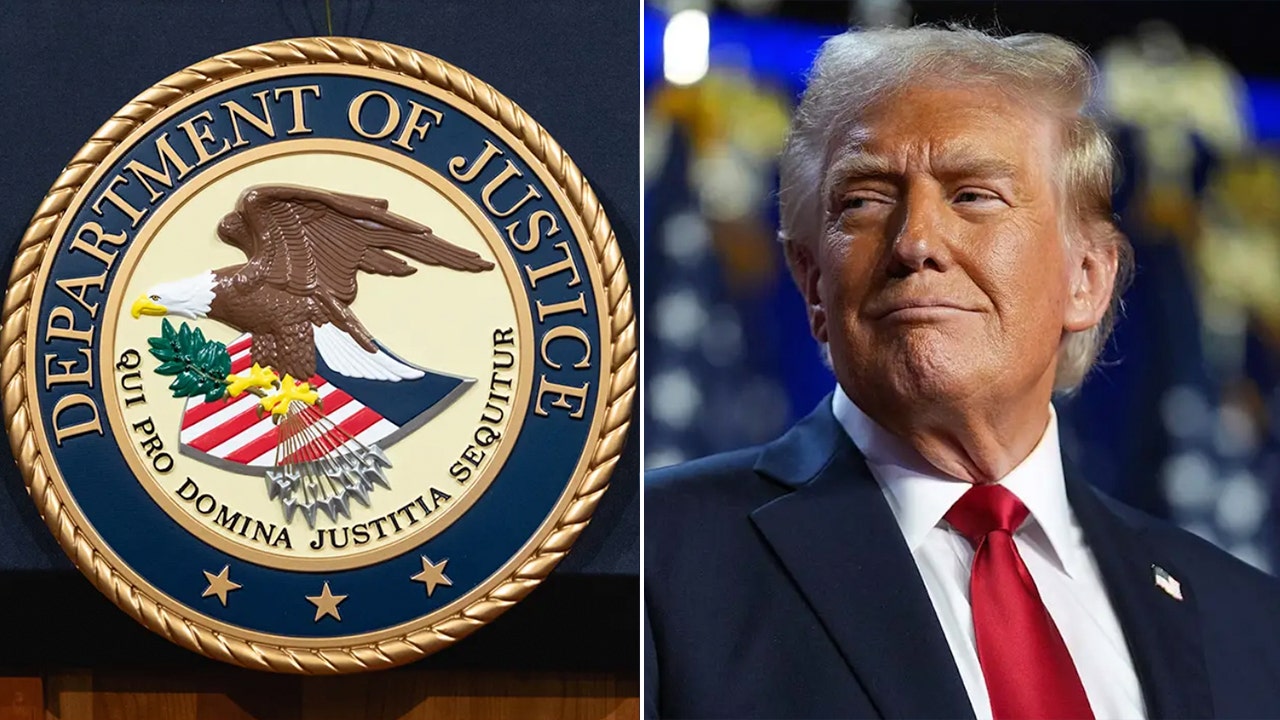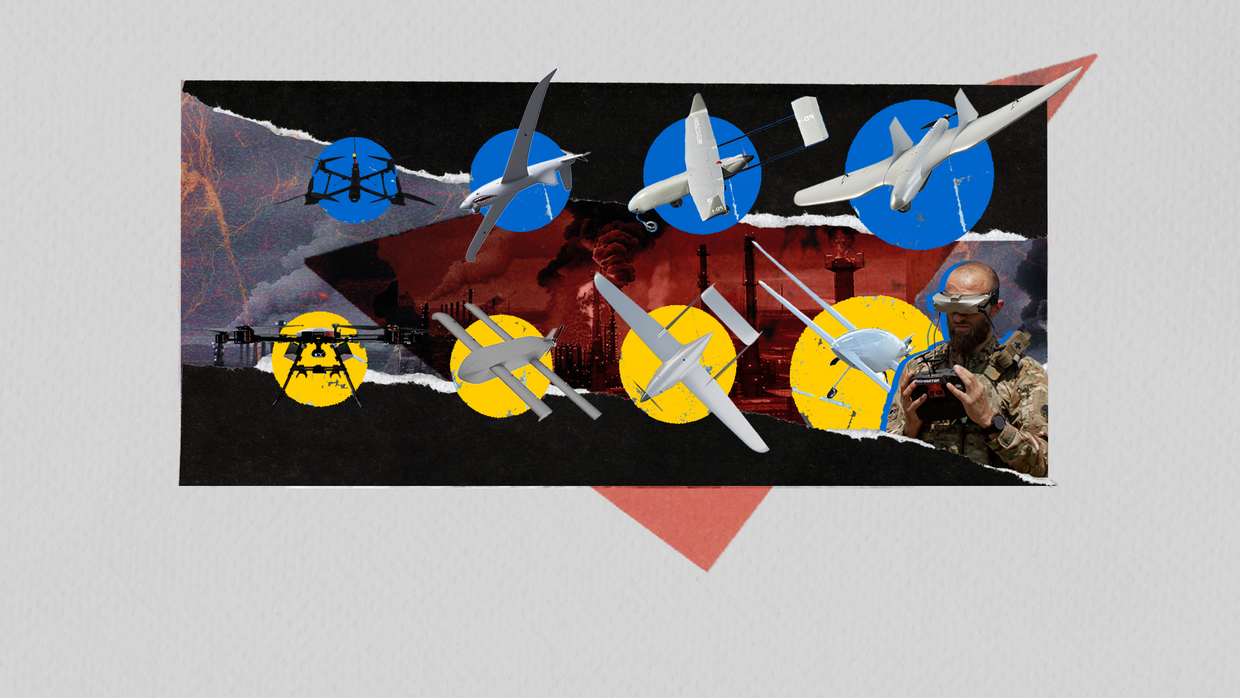(Bloomberg) -- Hedge funds are in danger of losing money on their bearish Australian dollar positions as a lot of the negative news may already be in the currency’s price.
Most Read from Bloomberg
The Aussie is benefiting from an easing of worst-case fears of US tariffs and may climb to as high as 64.50 US cents if the central bank surprises by keeping interest rates on hold this week, according to RBC Capital Markets. Westpac Banking Corp. is leaning toward further gains in the Aussie in the near-term.
“AUD/USD has been unexpectedly resilient in the face of repeated tariff shocks, a big change from the fourth quarter,” said Richard Franulovich, head of foreign-exchange strategy at Westpac Banking Corp. in Sydney.
The Australian dollar has strengthened 2.7% against the greenback this year, the third-best performing Group-of-10 currency, as easing fears over a global trade war have boosted risk assets. The Aussie climbed to the highest since December on Friday, before ending last week at 63.52 US cents.
The currency’s rebound is bad news for most hedge funds, which held a combined net short position of 44,643 contracts on the AUD/USD pair as of last Tuesday, based on data from the Commodity Futures Trading Commission.
While the Reserve Bank of Australia is forecast to lower its benchmark rate for the first time since November 2020 on Tuesday, there’s no guarantee that would spur any further Aussie weakness.
Swap markets are already pricing in more than three 25-basis-point cuts this year, with a 87% probability of one this week. The near-term risk for hedge funds is that the RBA pushes back against these dovish expectations at the gathering, citing a robust labor market or the potential for higher US tariffs to add to inflation.
Topside Risks
“Since a 25-basis-point cut is almost fully priced in, risks are to the topside in the AUD/USD in case of any disappointment,” said Mayank Navalakha, head of foreign-exchange options trading at Australia & New Zealand Banking Group Ltd. in Singapore.
If the RBA errs on the hawkish side and delays a rate cut, the Aussie may power ahead to as high as 64.50 cents, according to RBC.
“The worst-case fears of US tariffs appear to be receding — US economic surprises appear to have peaked in November/December, and US interest rates have retreated significantly in the past month, undercutting fundamental support for the US dollar,” said Alvin Tan, head of Asia foreign-exchange strategy at RBC in Singapore.
.png)
 German (DE)
German (DE)  English (US)
English (US)  Spanish (ES)
Spanish (ES)  French (FR)
French (FR)  Hindi (IN)
Hindi (IN)  Italian (IT)
Italian (IT)  Russian (RU)
Russian (RU) 






Comments